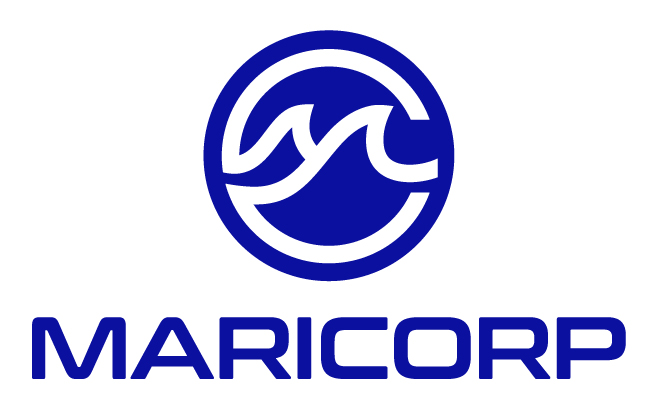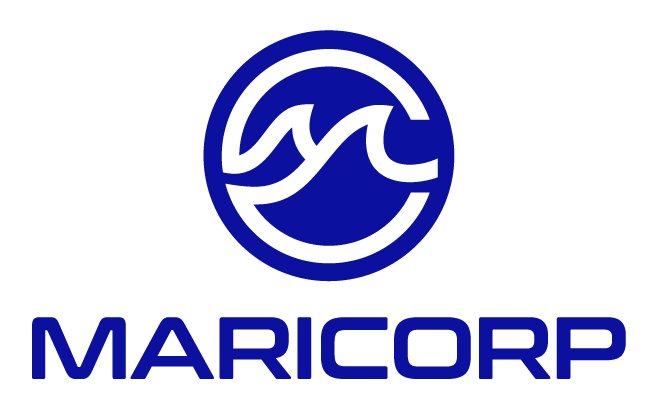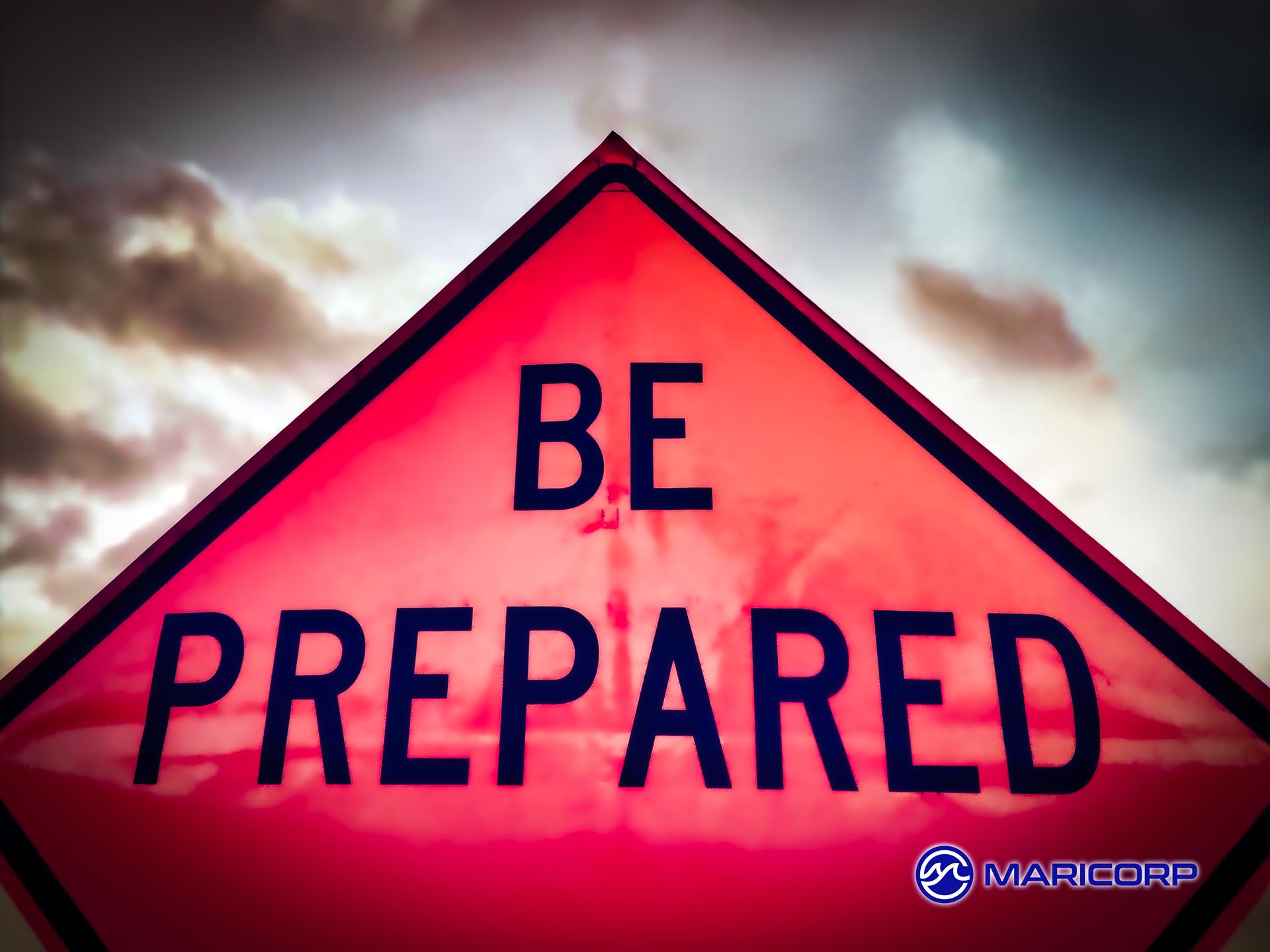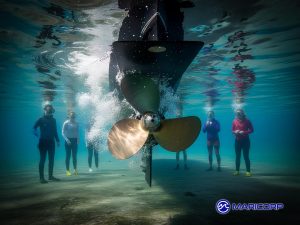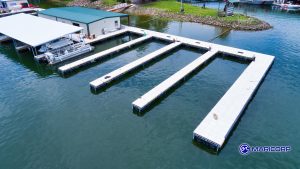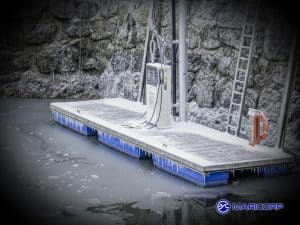Marina Emergency Planning that Works
Ready for Anything: Marina Emergency Plans That Work
From sudden storms and fuel fires to medical incidents on the docks, marinas face unique risks that require fast, coordinated responses. But having a written marina emergency plan isn’t enough. What matters is whether staff know their roles, have practiced them, and can react in real time—without confusion or delay.
June, as National Safety Month, is the ideal time for marina operators to take stock of their emergency readiness. Whether your team has been together for years or just came together for summer, revisiting and drilling your emergency protocols can make the difference between a close call and a crisis.
Why Marina Emergency Planning Requires More Than a Binder
Most marinas have at least a basic emergency action plan—often created to satisfy insurance or permit requirements. But a plan left in a file cabinet is no substitute for real-world readiness.
Emergency planning is more than just compliance—it can determine a marina’s ability to rebound after a crisis. According to a Forbes Tech Council article, approximately 40% of small and medium-sized businesses never reopen after a natural disaster, with an additional 25% failing within the first year. Marinas face their own range of hazards, from storms and fuel-dock fires to electric-shock incidents and medical emergencies. Having a practiced, accessible plan is essential not just for safety but for survival.
- Fires at fuel docks or inside boats
- Electric shock drowning (ESD) in faulty dock systems
- Severe weather or high-wind events
- Boater medical emergencies (drowning, heart attack, injury)
- Chemical spills from maintenance or bilge discharge
- Security incidents (theft, trespassing, altercations)
Each of these events demands a specific and rehearsed response.
What a Functional Marina Emergency Plan Looks Like
A marina emergency response plan should do more than meet checklist requirements. It should be:
- Clear – Easy to understand in a stressful moment
- Specific – Outlines roles, equipment, and contact steps
- Accessible – Available to staff, not buried in a drawer
- Practiced – Reinforced with regular drills and reviews
The National Fire Protection Association (NFPA) encourages facility operators to update their plans annually and review them any time operations, staffing, or infrastructure change.
Core Components of a Real-World Marina Emergency Plan
- Defined Roles and a Chain of Command
Every staff member should know:
- Who’s in charge during an emergency
- Who calls 911 or marine patrol
- Who handles crowd control, gate locks, or power shutdowns
- Who retrieves first-aid or fire suppression tools
Create a laminated Emergency Role Card for each shift position. Include it in onboarding and post it in shared areas like the office or fuel dock.
- Site Maps and Utility Shutoffs
Your plan should include labeled maps that show:
- Fire extinguishers and life ring locations
- ESD shutoffs and breaker panels
- Fuel shutoff valves and pump controls
- First-aid kit and AED (automated external defibrillator) locations
- Emergency boat ramps or evacuation points
Keep printed versions in waterproof sleeves at the marina office, maintenance shop, and any 24-hour access point.
- Contact Protocols
Post and share emergency contact numbers:
- 911 / Local Fire & EMS
- U.S. Coast Guard or Marine Patrol
- Utility company (electric, gas, water)
- Local spill response or hazmat services
- Key staff mobile numbers or radio call signs
Include location-specific instructions (e.g., “Tell 911 you’re at North Basin, Dock D, 2200 Marina Drive”).
Building a Culture of Readiness Through Drills
Planning is only half the battle. Training and drills ensure your team can carry out your plan.
Recommended drill types:
- Fire suppression drill – Practice using extinguishers, alerting others, and evacuating slips
- Man-overboard response – Retrieve life rings, use ladders, and call for help
- Severe weather procedure – Secure loose gear, shut off power, issue alerts to boaters
- Medical emergency – Simulate AED use and emergency response
Record each drill date, participants, and lessons learned. The American Red Cross offers team training in CPR, AED, and first aid, often with on-site options.
Common Gaps Found in Marina Emergency Plans
Even seasoned marinas sometimes overlook key areas, such as:
- No night or weekend staffing plan – Who responds after hours?
- Lack of coordination with tenants or vendors – Do boaters know what to do?
- Outdated maps or equipment locations
- No training for seasonal or part-time staff
Each season brings changes—new staff, new infrastructure, new risks. Review your plan each spring and again in mid-season to ensure it still fits.
Enhancing Communication During Emergencies
Consider adding these tools to improve response clarity:
- Two-way radios for dock crews
- Mass texting systems (like SimpleTexting or One Call Now) for alerting slipholders
- QR code-based access to digital marina emergency plans
- Pre-scripted public address announcements for key scenarios
Clear, fast communication is essential—especially in large marinas where shouting across slips isn’t realistic.
Coordinating With Local Responders
Build a relationship with your local fire department, EMS, and water patrol before an incident occurs.
Invite them for:
- Pre-season walkthroughs
- Fire extinguisher location checks
- Discussions on access routes and dock hazards
- Joint training events
The National Fire Academy recommends that facility operators coordinate directly with responders to reduce delays and confusion during emergencies.
What Marina Operators Can Do Right Now
Here’s a quick mid-season checklist to improve your emergency readiness:
- Repost key emergency numbers in all staff areas
- Confirm all extinguishers, AEDs, and life rings are visible and accessible
- Assign or reassign staff emergency roles and responsibilities
- Run one low-stress drill this month to reinforce response muscle memory
- Walk the property with your marina emergency plan in hand and verify all info is current
Emergencies are unpredictable—but how a marina responds doesn’t have to be. With clear roles, practiced responses, and updated tools, your team can handle the unexpected with confidence. In the end, preparedness isn’t just about compliance—it’s about protecting your people, your customers, and your reputation.
Disclaimer: The information provided is intended solely as a starting point or reference. It is not intended to serve as a complete, authoritative guide to marina emergency planning. Always consult with qualified professionals, adhere to applicable codes and standards, and consider the specific conditions and requirements of your project. The authors and distributors of this checklist assume no responsibility for any actions taken based on its use.
Related Articles:
- Pet Heat Safety Guide for Marinas
- Do’s and Don’ts of Boating with Pets
- Family Friendly Marinas – Catering to Children and Teenagers
- Wear Your Life Jacket To Work Day 2025
- National Safe Boating Week 2025
- What I Learned Hosting Marina Days
- National Maritime Day 2025
- Celebrate “Kids to Parks Day” 2025
About MariCorp
Maricorp is one of the largest floating boat dock manufacturing and construction companies in the United States, specializing in galvanized steel floating docks and boat lift systems. With projects spanning coast-to-coast, Maricorp provides marina consultation and design, marine construction, marina repair and renovation, and boat dock disaster response and demolition.
